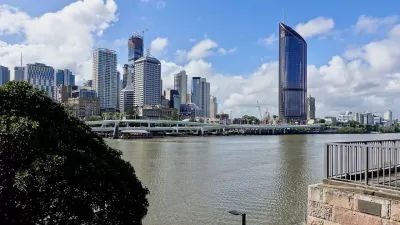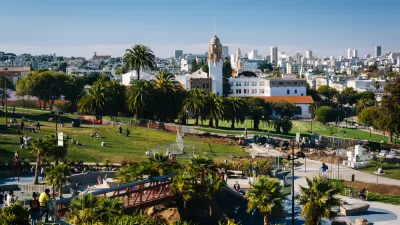In the wake of rapid gentrification, an organization in Los Angeles is leveraging the arts to celebrate a community's rich heritage and keep social equity a priority.

In an epic poem about “place and people and art in four parts,” traci kato-kiriyama, a multi-disciplinary artist and community organizer with deep roots in the Little Tokyo community, pays tribute to artists of Japanese descent who were imprisoned in American concentration camps during World War II. Their art was “created to survive the insanity of injustice, to thrive past the stench of forced silence,” writes kato-kiriyama, who is also a co-founder of Tuesday Night Project, which presents the longest running Asian-American open mic series in the country. Art was a lifeline not just for the individual artists, but for an entire community of people forcibly removed from their homes and neighborhoods and targeted for belonging to an ethnicity that was suddenly labeled as an “enemy.” Making art was a way to confront and resist the discrimination Japanese-Americans endured at the hands of their own government, a reassurance of humanity. “Art—the lightning between the synapses, the conversation between hearts, the amplification of our history, why any good argument begins with [an] anecdote—this is the necessity of art, to help us draw from a different well when the ones we’ve always used have run dry,” kato-kiriyama writes.
Her reflection on the role of art comes at a critical time for the neighborhood. Throughout its 130-year history, Little Tokyo has pushed back against discrimination, the impact of wartime internment, and economic devastation. Today, it is one of only three Japantowns left in the United States.
FULL STORY: Preserving the Character of Little Tokyo

Maui's Vacation Rental Debate Turns Ugly
Verbal attacks, misinformation campaigns and fistfights plague a high-stakes debate to convert thousands of vacation rentals into long-term housing.

Planetizen Federal Action Tracker
A weekly monitor of how Trump’s orders and actions are impacting planners and planning in America.

In Urban Planning, AI Prompting Could be the New Design Thinking
Creativity has long been key to great urban design. What if we see AI as our new creative partner?

Massachusetts Budget Helps Close MBTA Budget Gap
The budget signed by Gov. Maura Healey includes $470 million in MBTA funding for the next fiscal year.

Milwaukee Launches Vision Zero Plan
Seven years after the city signed its Complete Streets Policy, the city is doubling down on its efforts to eliminate traffic deaths.

Portland Raises Parking Fees to Pay for Street Maintenance
The city is struggling to bridge a massive budget gap at the Bureau of Transportation, which largely depleted its reserves during the Civd-19 pandemic.
Urban Design for Planners 1: Software Tools
This six-course series explores essential urban design concepts using open source software and equips planners with the tools they need to participate fully in the urban design process.
Planning for Universal Design
Learn the tools for implementing Universal Design in planning regulations.
Gallatin County Department of Planning & Community Development
Heyer Gruel & Associates PA
JM Goldson LLC
City of Camden Redevelopment Agency
City of Astoria
Transportation Research & Education Center (TREC) at Portland State University
Jefferson Parish Government
Camden Redevelopment Agency
City of Claremont




























